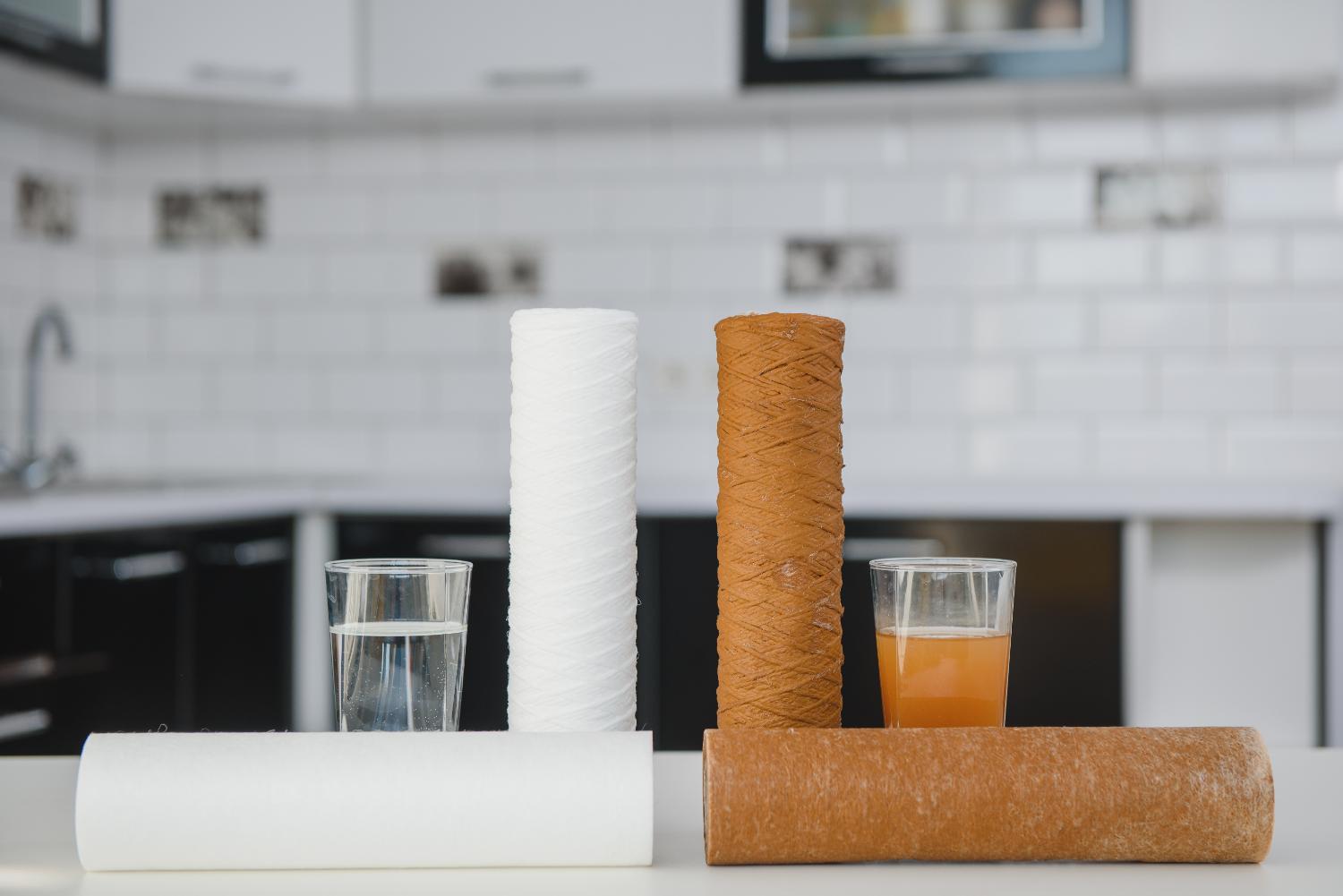How Does a Water Conditioning System Work?
If you’ve ever wondered how a water conditioning system works, you’re not alone. HydroFLOW USA has developed a water conditioning system without the use of salt or chemicals. The system is based around a pipe and uses a special transducer to deliver a signal through the plumbing system. The electrical signal travels through the pipe as the water flows, acting as a conductor.
(Searching in Google “water testing companies near me“? Contact us today!)

HydroFLOW USA uses a special transducer
HydroFLOW USA uses a special transductor for water conditioning to achieve maximum water quality. The technology behind the company’s water conditioning products is patented and globally available. They are designed and manufactured in the U.K. and distributed in over 80 countries.
HydroFLOW’s water conditioning products can be used in many industries. These products are effective at reducing the scale build-up that can build up inside of pipes and pumps. Scaling affects pump performance, increases pressure, and can reduce flow. This problem is common in process lines, cooling towers, and heat exchangers. HydroFLOW systems can help eliminate scaling from plumbing systems by incorporating a simple, non-chemical solution. The devices are designed to fit around existing pipes and transmit an electrical signal that prevents hard mineral encrustation on surfaces.
Control valves
Water conditioning systems rely on valves for various functions. These valves are critical in maintaining the water quality and preventing water losses. They also ensure productive water provisional management and preserve specific water levels, pressures, and flows. Water losses are costly and can have significant environmental impacts. In addition to this, lost water wastes energy from the purification and delivery process. Moreover, wasting water can also result in unexpected costs.
Water softeners typically consist of a tank with a resin bed that exchanges hardness-causing ions for sodium ions. The resin needs to be replenished periodically, so the water conditioning system uses a control valve. The valve controls the operation of the water conditioning device by switching between regeneration and hardness-reduction modes.
Resin beads
Resin beads are used to soften water. However, some types of resins can cause problems. They contain polystyrene or DVB, which are not good for the environment. They also can cause sickness if they end up in drinking water. Therefore, it is best to avoid using these materials.
If the water softener fails to operate properly, the resin beads can get into the plumbing system and plumbing fixtures. If you run hot water through the water softener while troubleshooting, the beads could leak into the water heater. If this happens, the beads will have to be removed and replaced.
Brine solution
If you have a recirculating water system, you need to check the brine level in the tank regularly to ensure it is not bridging. If it is, you should manually regenerate it. If the pressure does not return to normal after a regeneration, you may need to repair the system. In addition, periodic resin cleaning may be necessary depending on the water quality. Use a good resin cleaner to ensure that the system is performing at its best.
In a counter-current regeneration system, the brine solution enters the mineral tank from the bottom. This forces the salt solution to move up the resin bed, replenishing the beads that have the least capacity. This process uses 65% less water and 75 percent less salt than a co-current regeneration system and also distributes sodium ions better. As a result, the resin beads at the bottom of the tank have the most capacity, which removes hardness minerals.

